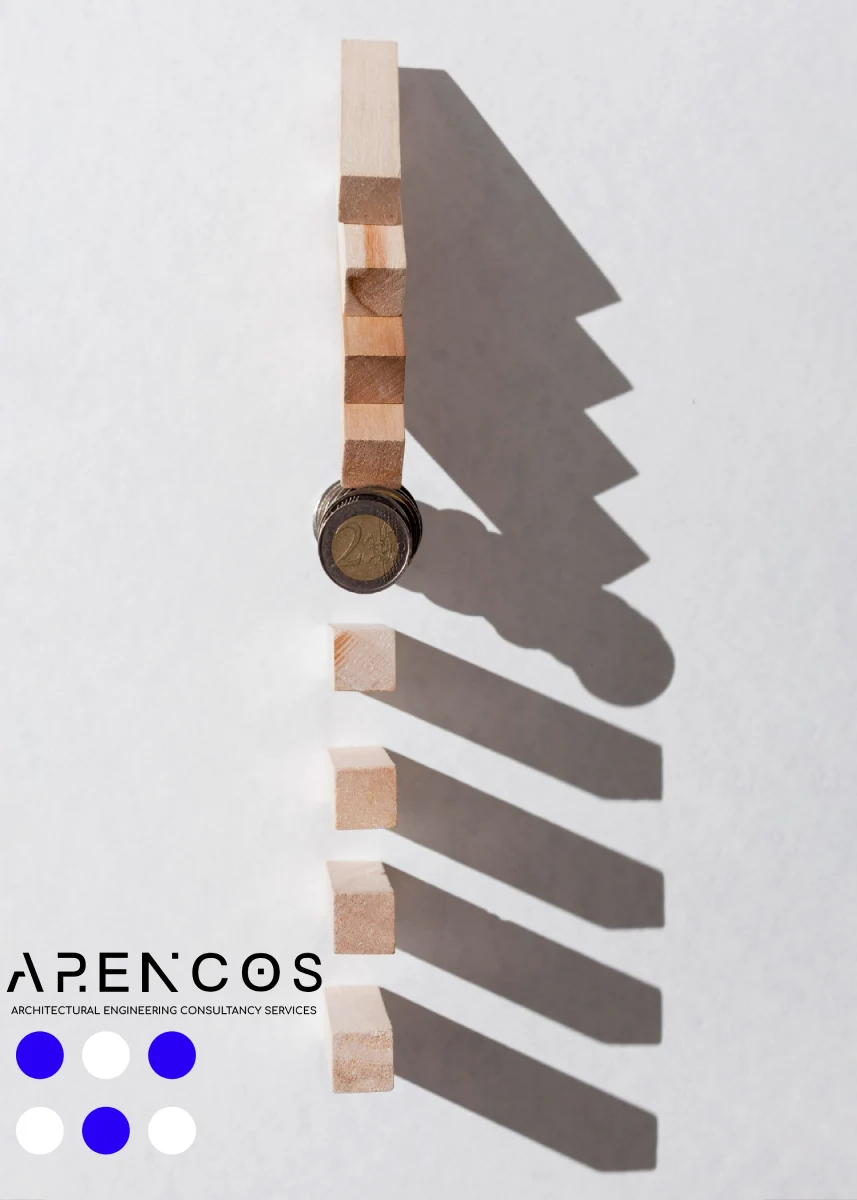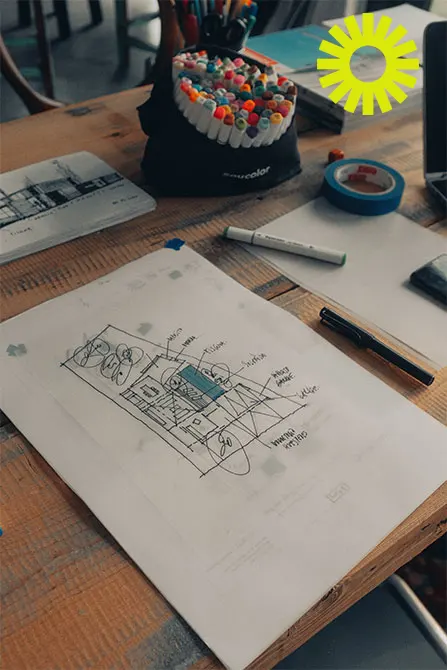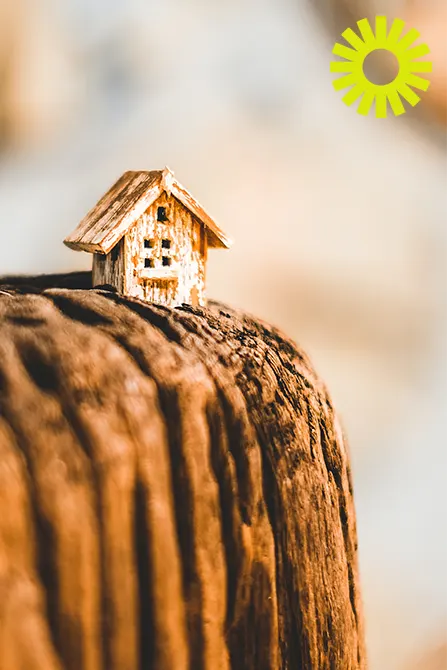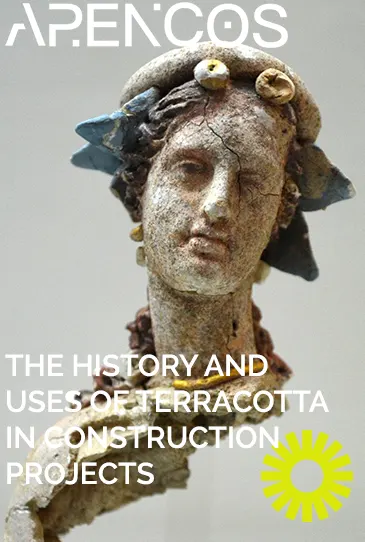Sustainable + Low Energy Consumption Buildings in Crete
Construction & Development in Crete
Sustainable + Low Energy Consumption
Creating sustainable and low-energy consumption buildings in Crete presents a unique and exciting opportunity, considering the region's climate, cultural heritage, and environmental considerations.
Here's a comprehensive exploration of the key elements and strategies that can be employed in designing such buildings:

In Search of Exceptional
ARENCOS is among Crete’s leading architecture and engineering firms. Our project advisory services support a project through its lifecycle – from front-end planning, project initiation through design and procurement, and throughout the course of construction and closeout.
Our focus is to deliver high quality solutions and design unique constructions. We consider local materials and equipment to be a key property construction aspect of our future projects.
We design and deliver residential and commercial buildings with small CO₂ footprint, yet buildings that are durable, comfortable and above all, healthy for people to live in.
Our collaboration with reputed suppliers and stakeholders is leading the way within architecture and engineering technology. We are able to offer the latest knowledge and solutions that future generations will benefit from.
The construction process is responsible for hefty carbon dioxide emissions that contribute to the earth’s greenhouse effect. In extracting raw materials from the ground, large machinery, specifically those used in the cement industry, emits roughly 5% of all global air pollutants.
Energy Efficient Architecture
We focus on generating and spreading our knowledge about sustainable construction to our colleagues, customers and the external stakeholders.
Our architects, engineers and designers, with many years of experience, enable us to advise our clients in all aspects of a sustainable building; in design and construction and at a small and large scale.
There’s no project too big or small for terracotta! Contact us to discuss with our team your next project.
1. Passive Design and Natural Ventilation:
- Climate Considerations: Leverage the warm Mediterranean climate of Crete by designing buildings with strategic orientation, allowing for optimal sunlight exposure during the winter while minimizing direct sunlight penetration in the hot summer months.
- Cross-Ventilation: Incorporate architectural features that facilitate natural cross-ventilation, harnessing the prevailing winds to cool indoor spaces naturally.
2. Sustainable Materials and Construction:
- Local Sourcing: Utilize locally sourced materials to reduce the carbon footprint associated with transportation. Crete offers a rich array of stone, timber, and other materials that can be harvested sustainably.
- Recycled and Upcycled Materials: Integrate recycled and upcycled materials into the construction process to minimize waste and promote a circular economy.
3. Energy-Efficient Technologies:
- Solar Energy: Given Crete’s abundant sunshine, solar panels can be integrated to harness solar energy for electricity and water heating. This contributes significantly to reducing reliance on conventional energy sources.
- Energy-Efficient Lighting: Install energy-efficient LED lighting systems and incorporate daylighting strategies to minimize the need for artificial lighting during daylight hours.
4. Thermal Mass and Insulation:
- Thermal Mass: Utilize materials with high thermal mass, such as stone or concrete, to absorb and release heat slowly. This helps in regulating indoor temperatures and reducing the need for constant heating or cooling.
- Effective Insulation: Implement proper insulation techniques to minimize heat transfer, ensuring that buildings remain cool in the summer and warm in the winter without excessive energy use.
5. Rainwater Harvesting and Water Conservation:
- Rainwater Collection: Install rainwater harvesting systems to collect and store rainwater for non-potable uses, such as landscape irrigation or flushing toilets.
- Water-Efficient Fixtures: Incorporate water-efficient fixtures and appliances to reduce overall water consumption within the buildings.
6. Green Roofs and Vegetation:
- Green Roofs: Integrate green roofs with local vegetation to enhance insulation, reduce stormwater runoff, and create aesthetically pleasing and ecologically beneficial spaces.
- Indigenous Planting: Use native and drought-resistant plant species in landscaping to minimize water requirements and support local biodiversity.
7. Community Engagement and Education:
- Community Involvement: Involve local communities in the design and construction process, fostering a sense of ownership and sustainability consciousness.
- Educational Initiatives: Implement educational programs to raise awareness about sustainable living practices and the environmental benefits of low-energy consumption buildings.
8. Certification and Standards:
- Green Building Certifications: Aim for certifications such as LEED (Leadership in Energy and Environmental Design) or BREEAM (Building Research Establishment Environmental Assessment Method) to validate the sustainability features of the buildings.
Creating sustainable and low-energy consumption buildings in Crete is not just about minimizing environmental impact but also celebrating the rich cultural and natural context of the region.
By integrating these strategies, architects and builders can contribute to the preservation of Crete’s unique identity while addressing the global imperative of sustainable development.
Do you need help?
We're committed to creating spaces that matter.
transformation. sustainability. total architecture. technology. earth materials. knowledge sharing. creativity. innovation.

ARENCOS PHILOSOPHY
How we Think
At ARENCOS we view architectural design and construction engineering as a holistic process of exploration and discovery fueled by limitless thinking.
ARENCOS
Values Commitment
While our business continuously evolves, our core values are remaining constant. They define our way of working and are at the heart of everything we do in the field of architectural and engineering immersive experiences.
creativity/ innovation/ transparency
Digital Ecosystem
Our Businesses
We innovate on a continual basis, following trends and customer needs in the sectors in which we operate. We deliver essential innovations across our businesses— Construction & Civil Engineering, Real Estate, and Property Management.










